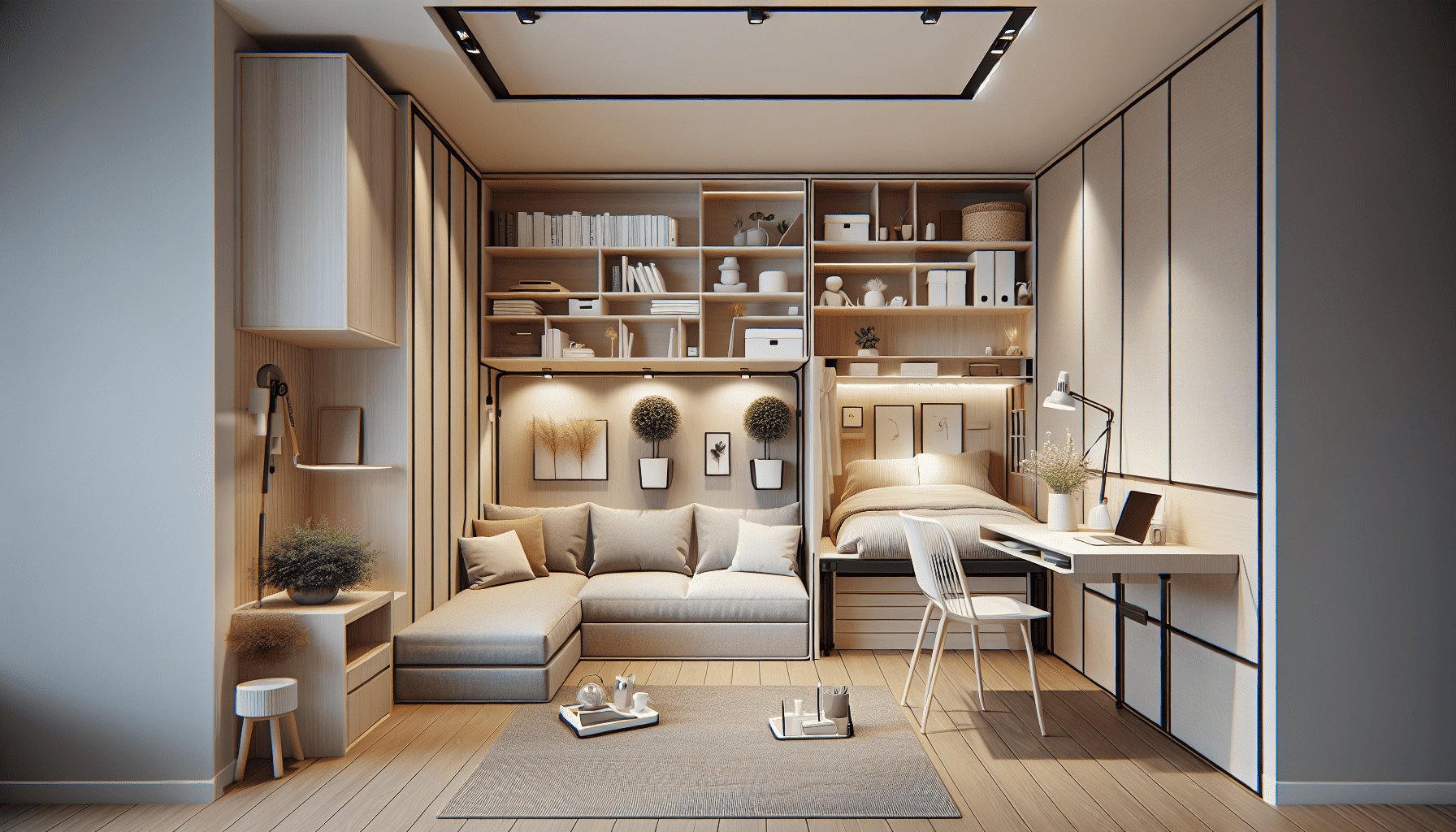In an age where urban living often means smaller living spaces, making the most of every square foot is more important than ever. Whether you're in a compact studio apartment or a cozy tiny house, effective design techniques can transform limited areas into functional and stylish environments. Here’s how you can maximize small spaces with smart design.
Prioritize Multi-functional Furniture
One of the key strategies in small space design is using multi-functional furniture. These pieces serve multiple purposes, allowing you to declutter and optimize your living area. Consider investing in a sofa bed for the living room, which can double as a guest bed when needed. Look for coffee tables with storage compartments or extendable dining tables that can adjust to accommodate guests.
Embrace Vertical Space
When floor space is limited, think vertically. Wall-mounted shelves, hanging planters, and tall bookcases can help utilize vertical space while keeping the floor area free. Installing shelves above doorways or utilizing ceiling-mounted storage solutions are also excellent ways to expand storage without crowding the room.
Optimize Storage Solutions
Creative storage solutions are essential in small spaces. Under-bed storage, modular shelving units, and hidden storage compartments can dramatically increase your storage capacity. Consider using storage boxes or baskets to keep items organized and out of sight. Floating shelves can also help display personal items without taking up valuable floor space.
Implement Clever Partitioning
Creating distinct areas within a small room can make it feel more spacious. Use folding screens, curtains, or open shelving units to segment areas without fully enclosing them. This can help create a sense of separate spaces for dining, working, and relaxing, enhancing both functionality and comfort.
Choose Light Colors and Reflective Surfaces
Light colors can make a small space feel larger and more open. Opt for whites, creams, and light pastels for walls and furniture. Incorporating mirrors and glass surfaces can also enhance light and generate a sense of expansiveness in a room. Mirrors reflect light and create an illusion of depth, making them an inexpensive yet powerful design element.
Maximize Natural Light
Natural light can significantly affect the perception of space. Keep window areas free of obstructions to maximize the influx of natural light. Sheer curtains or blinds can offer privacy while still allowing sunlight to filter through. Incorporating glass doors or partitions can also facilitate the flow of light between rooms.
Minimalism: Less is More
Adopting a minimalist approach by limiting decorative items and choosing a neutral palette can open up small spaces considerably. Focus on quality over quantity with your furnishings and décor, selecting a few statement pieces rather than overcrowding the room with multiple items.
Integrate Smart Technology
Smart technology can play a crucial role in maximizing small spaces. Wireless speakers, app-controlled lighting, and smart thermostats can declutter by eliminating the need for multiple devices and cords. Consider tech-integrated furniture like charging side tables or remote-controlled window treatments to further simplify and streamline your living space.
By incorporating these smart design strategies, even the smallest of spaces can be transformed into efficient, comfortable, and visually appealing living areas. Remember, the key to maximizing a small space lies in thoughtful planning, creative solutions, and intentional design choices. With these techniques, small doesn’t have to mean less—just more of what you truly need.
